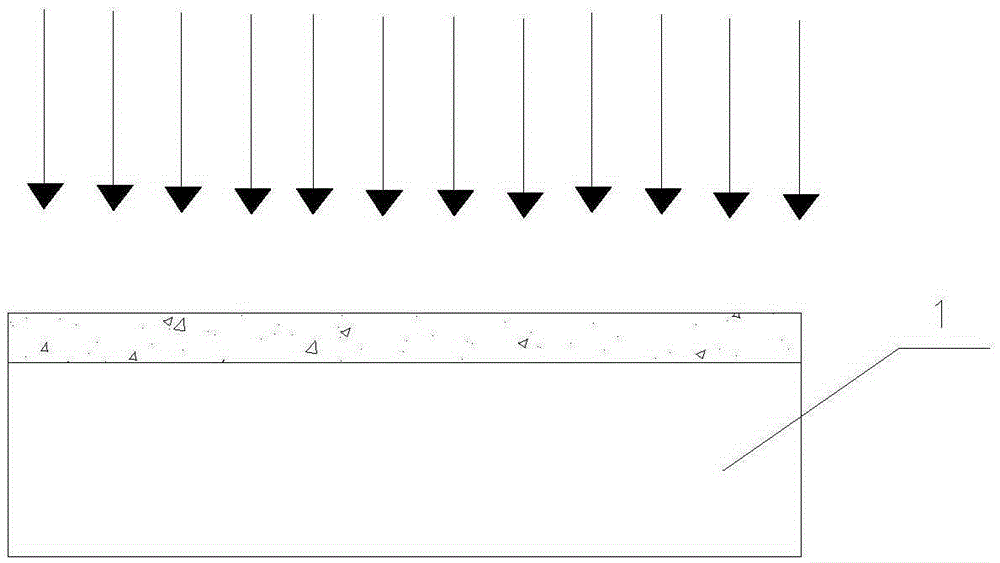Method of controlling process plasma damages
A plasma and process technology, applied in semiconductor/solid-state device manufacturing, semiconductor/solid-state device testing/measurement, electrical components, etc., can solve plasma damage, change device electrical properties, and have no detection and control methods for plasma damage, etc. problem, achieve the effect of improving the process level and reducing the impact
- Summary
- Abstract
- Description
- Claims
- Application Information
AI Technical Summary
Problems solved by technology
Method used
Image
Examples
Embodiment Construction
[0029] The present invention will be further described below in conjunction with the accompanying drawings and specific embodiments, but not as a limitation of the present invention.
[0030] Such as figure 1 As shown, the present embodiment relates to a method for controlling process plasma damage, comprising the following steps:
[0031] Step 1, providing a wafer substrate 1, such as figure 2 As shown, in the embodiment of the present invention, the wafer substrate 1 is a blank wafer (blank wafer) without any device structure formed thereon.
[0032] In a preferred embodiment of the present invention, the wafer substrate 1 is a test wafer.
[0033] Step two, such as image 3 As shown, an ion implantation process is performed on the wafer substrate 1 , and an annealing process is performed on the ion-implanted wafer substrate 1 .
[0034] In a preferred embodiment of the present invention, the ions used in the ion implantation process are phosphorus (P) ions.
[0035] I...
PUM
 Login to View More
Login to View More Abstract
Description
Claims
Application Information
 Login to View More
Login to View More - R&D
- Intellectual Property
- Life Sciences
- Materials
- Tech Scout
- Unparalleled Data Quality
- Higher Quality Content
- 60% Fewer Hallucinations
Browse by: Latest US Patents, China's latest patents, Technical Efficacy Thesaurus, Application Domain, Technology Topic, Popular Technical Reports.
© 2025 PatSnap. All rights reserved.Legal|Privacy policy|Modern Slavery Act Transparency Statement|Sitemap|About US| Contact US: help@patsnap.com



